Table of Contents
Cell Division:
Cell division is a process by means of which a cell duplicates itself, increasing the number of cells in the body. It is the most important phenomenon in the life of plants and animals. There are two important kinds of cell division- Mitosis and Meiosis.
Mitosis:
Literally, the word mitosis means a division of the nucleus but, in fact, it is employed to describe both the division of the nucleus and cytoplasm. The process of mitosis divides a single cell into two daughter cells, each containing the same number of chromosomes as the parent cell. It is characterized by certain complicated changes which for convenience, can be studied under the following five stages- prophase, metaphase, anaphase, telophase, cytokinesis
The time required for the completion of each stage or the entire process depends upon various physical and chemical factors.
Prophase:
The beginning of cell division is marked by the appearance of chromosomes as slender threads, coiled round each other. Each chromosome shortens and gets duplicated into two chromatids. The two chromatids remain united at one point or region called a centromere. The nuclear membrane and the nucleolus disappear. There now appear a number of gel fibrils in the cytoplasm./ They arrange themselves in the form of a spindle-shaped structure somewhere in the middle of the cell The broad central part of the spindle is called its equator.
Metaphase:
This is a brief stage in which the chromosomes complete arranging themselves on the equatorial plane of the spindle.
Anaphase:
In this stage, the centromere of each chromosome splits into two and a fine gel fibril appears between the two separated centromeres. This is followed by a movement of the separated chromatids towards the opposite poles of the spindle. The anaphase comes to an end when all the chromatids reach the opposite poles. The chromatids at each pole are now considered as the chromosomes.
Telophase:
In this stage, nucleus is reconstructed from each group of chromosomes reaching the opposite poles. The spindle disappears and the nuclear membrane starts appearing around each group of chromosomes. This is followed by the reappearance of nucleolus in each daughter nucleus.
Cytokinesis:
During the anaphase stage, there appears a constriction in the cell along a line parallel to the equator of the spindle. This constriction gradually deepens till the cell completely splits into two daughter cells. The final stage results in the division of cytoplasm which virtually begins from the third stage.
Mitosis plays an important role in growth, maintenance of chromosome number, repair, healing and regeneration and reproduction in plants and animals.
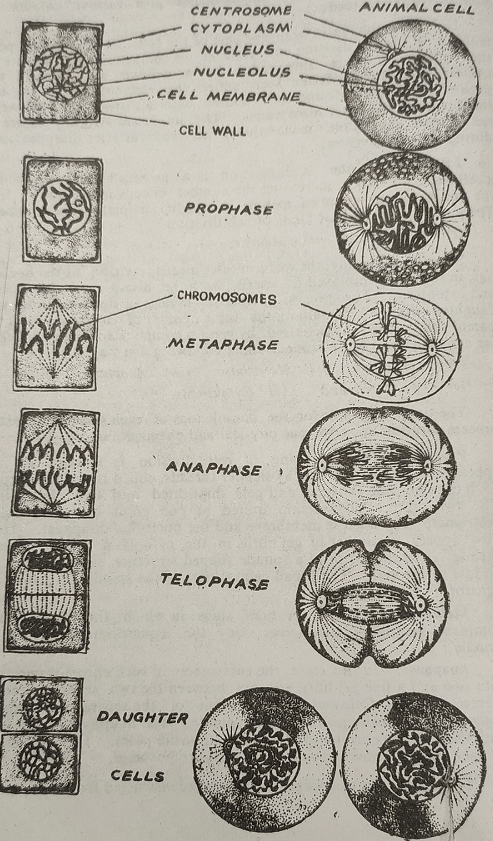
Meiosis:
The most important characteristic of a living being is to reproduce its own kind. It is an established fact that the number of chromosomes, which exist in pairs, in the cells of a species remains constant generation after generation. The fixed number of chromosomes in a species are maintained by a process referred to as meiosis. Meiosis (also known as reduction division) is a special kind of cell division which occurs only in the reproductive organs to form reproductive cells. It must take place once during the sexual reproduction of every organism. It consists of two successive divisions during which the chromosomes duplicate only once. The two successive divisions of a cell (parent cell) result in the formation of four daughter cells, each having half the number of chromosomes present in the parent cell. These divisions are called the first and second meiotic divisions or Meiosis I and Meiosis II, respectively. Each such divisions is essentially like mitosis but the first meiotic division is much more complicated. In the first meiotic division, a chromosome consisting of two chromatids is separated from its corresponding pair forming two daughter cells each with half the number of chromosomes. These two cells then undergo second meiotic division forming four daughter cells each with half the number of chromosomes in comparison with the number of chromosomes in the parent cell. In a male, these four cells develop into male reproductive cells while in case of female only one of the cells develops into a female reproductive cell. During reproduction, two individuals contribute one cell each (egg cell from the female and sperm cell from the male called gametes) and these two cells then fuse and restore, thus, the original chromosome number. In addition, some other important event also takes place during meiosis which causes variations within a species.
The significance of meiosis may be summed up as under-
- Meiosis produces four daughter cells from each parent cell by two successive divisions.
- The daughter cells formed during meiosis are the mature male (sperm) or female (ovum) gametes which have only half of the number of chromosomes.
- The chromosomes of the daughter cells differ qualitatively from those of the parents. This causes structural diversity among the individuals of the same species.
- Meiosis gives a chance for producing the new combinations of chromosomes. This brings about changes causing evolution.
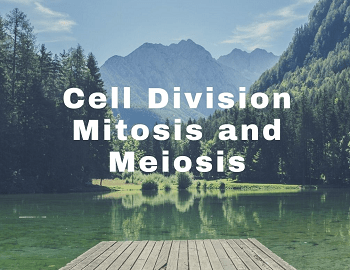
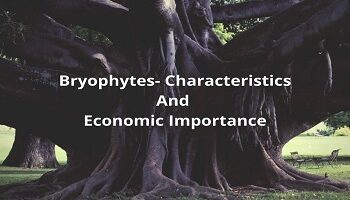
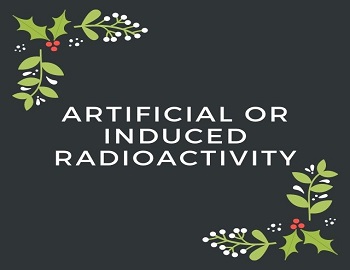


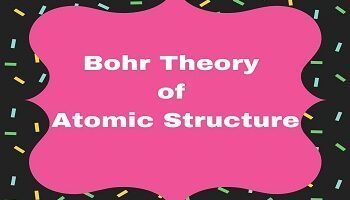
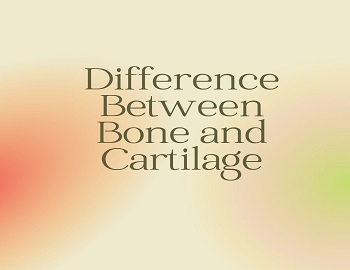
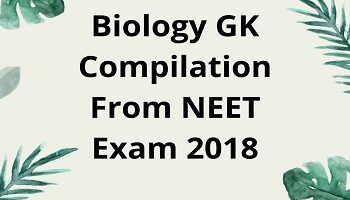
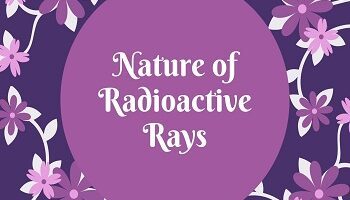
Comments (No)